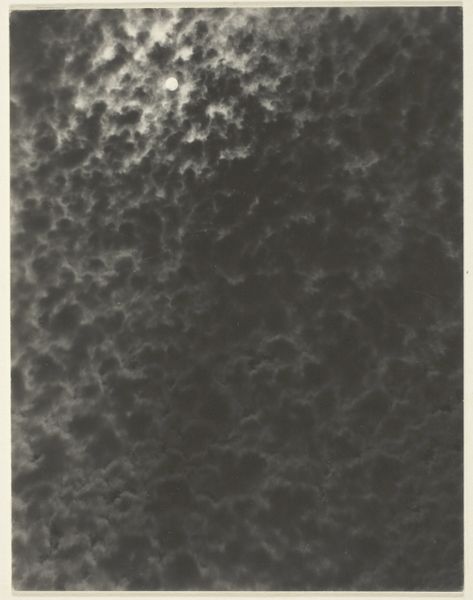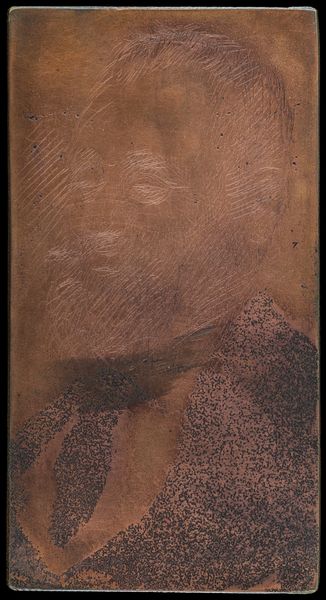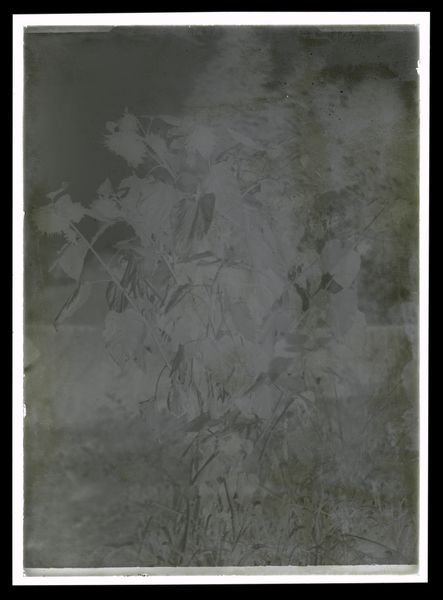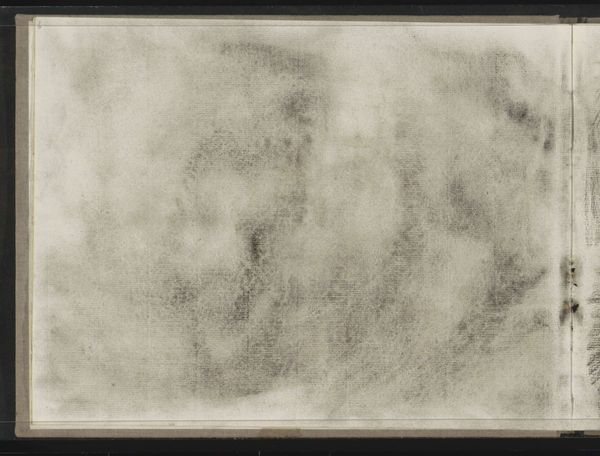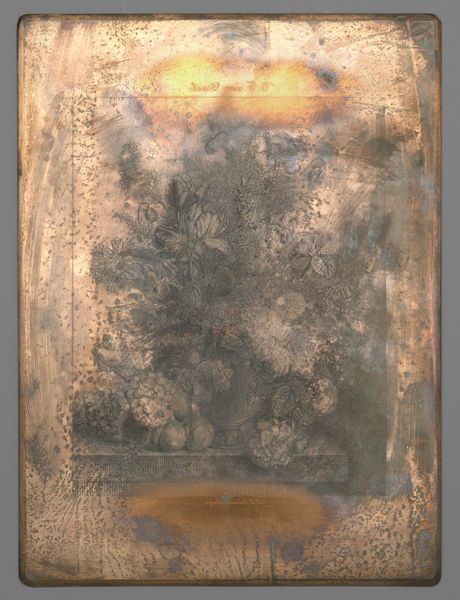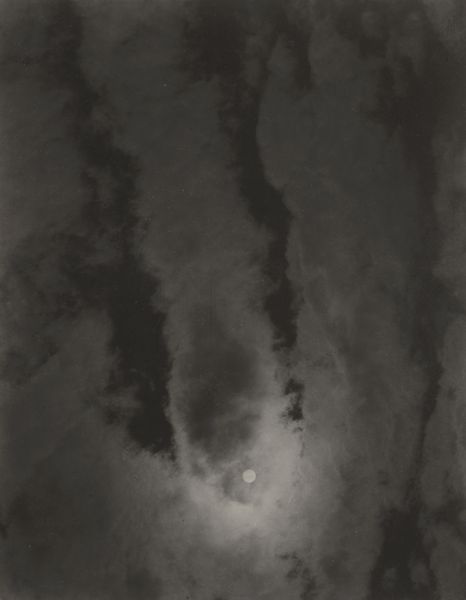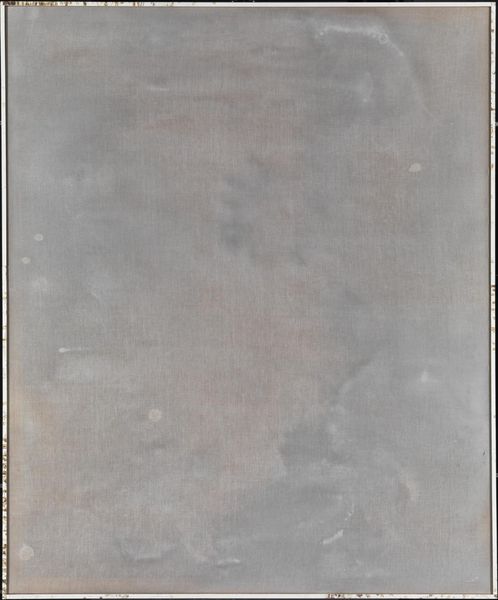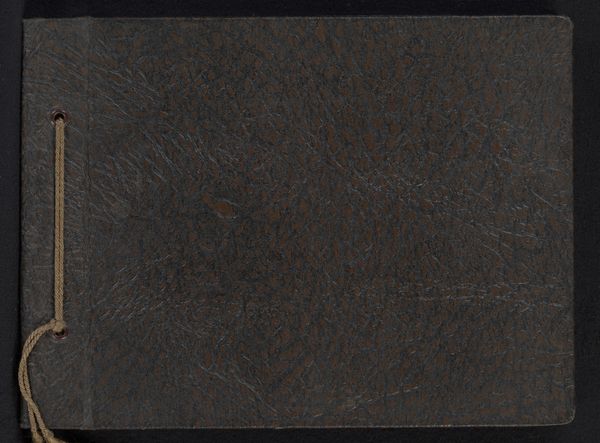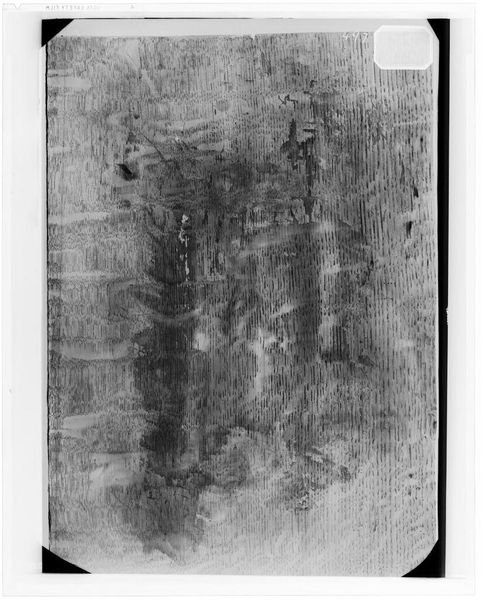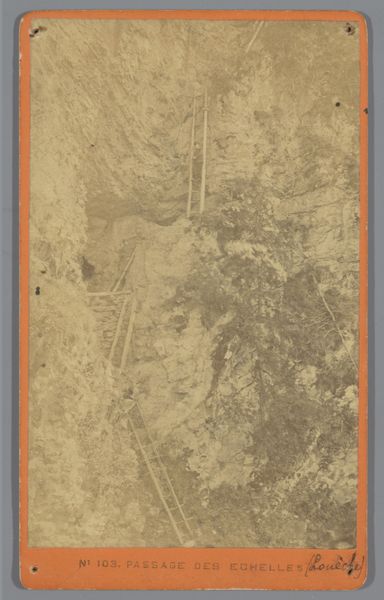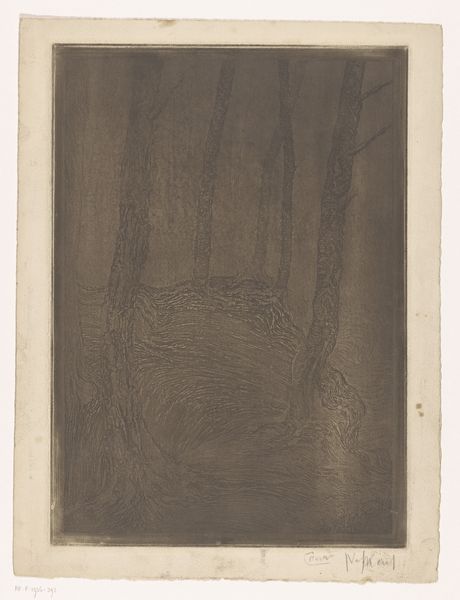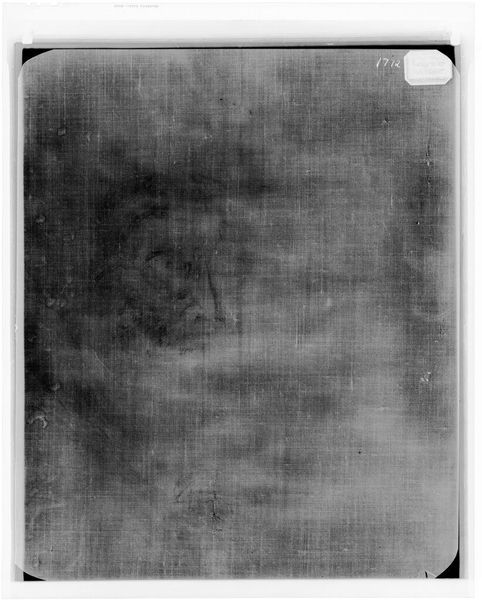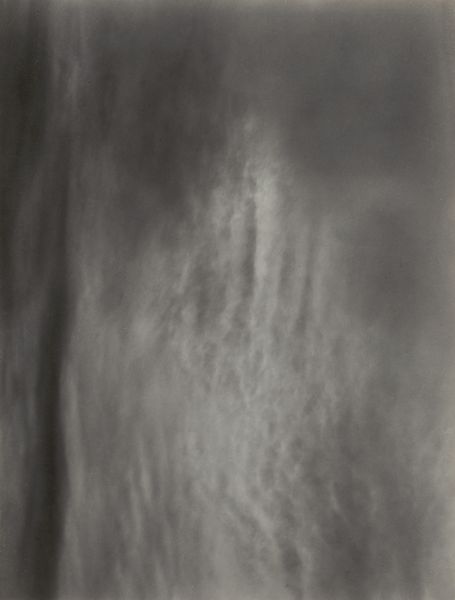
drawing, graphite
#
portrait
#
drawing
#
water colours
#
landscape
#
figuration
#
symbolism
#
graphite
#
watercolor
Dimensions: height 859 mm, width 428 mm
Copyright: Rijks Museum: Open Domain
Curator: Oh, isn't that evocative? A figure emerging from a misty field, like a dream taking shape. It's a work by Frans Stamkart, called "Danseres," created sometime between 1910 and 1915. It looks like graphite and watercolor, the kind of art that feels deeply personal. Editor: It absolutely reads like a nocturne, a subdued dance of the psyche made manifest. All in these hushed tones...I immediately think of turn-of-the-century Symbolism. Curator: Absolutely, I feel the echoes of that yearning for something beyond the visible world, expressed through hazy lines and dreamy imagery. It feels like trying to capture something just beyond reach. You see how the figure seems both present and dissolving simultaneously. It's that tension that pulls me in. Editor: That very liminality could reflect societal anxieties during that period, particularly around representations of women. Is this "Danseres" a celebration of female agency or a spectral figure constrained by patriarchal expectations? This was an era of intense debate about gender roles. Curator: I hadn't considered that specifically, but it resonates. I tend to experience it more intuitively, as a meditation on ephemerality. But, considering its historical context, do you think Stamkart was trying to make a specific comment on women at that moment? Editor: I think he was immersed in and engaging with a visual language—he was perhaps intentionally conjuring this era that equated women's bodies with fragility. Even her position among nature feels charged with ideological tension. Is she free, or merely confined to yet another constructed idea of womanhood? Curator: That is compelling. And of course, we can't know for certain the artist's precise intentions. Maybe it’s this very ambiguity, the way the work invites us to project our own questions and anxieties onto it, that makes it so enduring. It certainly inspires introspection, and is a beautiful reminder of our ongoing struggle to define and liberate ourselves. Editor: Indeed. There is a strange timelessness at play. Even now, a viewer might stand before this work and find themselves mirrored in its haunting, unsettled beauty. It's a powerful piece.
Comments
No comments
Be the first to comment and join the conversation on the ultimate creative platform.
